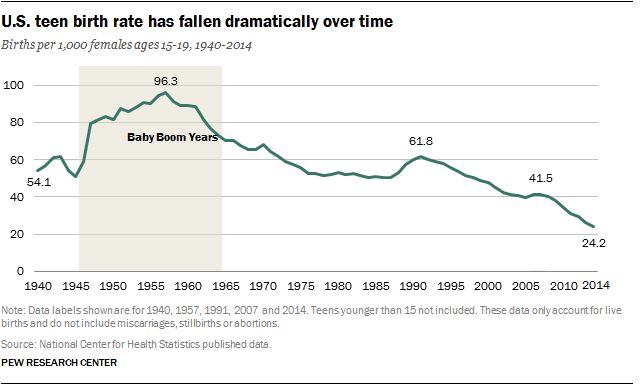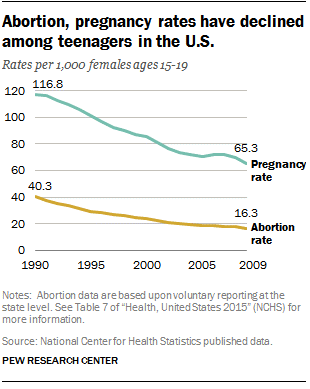Before the aura of Thanksgiving is destroyed by the rush of December I want to take a moment to say what I am thankful for in health care.
It is easy to get lost in seemingly insurmountable challenges in medicine today, so here are trends and breakthroughs that are top on my list for thanks-giving.
#1: Infant Mortality Continues to Decline
The number of infants who die in America has been decreasing for a dozen years. Infant mortality has dropped 15% in our country since a high 2005, with a whopping 29% drop in the number of babies dying with Sudden Infant Death Syndrome [SIDS]. Low birth weight and gestational complications are also down.
This trend is due to better prenatal care, access to that care, and education. The movement beginning in 2005 to reduce the number of women having their deliveries induced (usually for scheduling reasons) rather than waiting for labor to start naturally is also credited
Mind you- we still have a long way to go (the CIA lists us as 28th in Infant Mortality on a list of 175 countries), and some states show better improvement than others: (CDC chart)

But after years of stagnation, it is hard not to celebrate that it is now safer to be a baby born in the U.S.!
#2: Teen Pregnancies Have Fallen Dramatically
After years of lamenting the impact of teen pregnancies, I find it interesting that the media has not focused on the reverse- that teen pregnancies have fallen- and dramatically.

Please note this chart reflects pregnancies for girls aged 15 to 19 and does not include miscarriages, stillbirths or abortions.
Which raises a concern I am sure many of you have: is the lower rate due to an increase in abortions? No- abortions are down too.

Education and birth control are a big part of the decline. 79% of sexually active teen girls reported they used contraceptives the first time and every time after that – for boys the number was even higher at 84%.
There is another surprising reason for the decline, which is less sex among teens. That’s right. Less Sex (something else you haven’t heard in the media). According to the National Survey of Family Growth, the percentage of never-married females who said they have ever had sex fell from 51% in 1988 to 44% in 2013.
And lest you worry that we will run out of people, in 2015 more American women in their 30’s had babies than women in their 20’s. That was also a record.
#3: Breakthroughs in Prosthetics
To date, 1,558 US soldiers required an arm and/or leg amputation from wounds suffered in the Afghanistan and Iraq wars. The Amputation Coalition of America estimates there are 185,000 new lower extremity amputations every year, and the CDC estimates about 1,500 babies are born in America every year without (or with reduction of) arms and another 750 without (or without full) legs.
Making artificial arms and legs [“prosthetics”] better is a big deal for a lot of people.
Breakthroughs in prosthetics include the possibility of the return of touch sensitivity, limb control via thought, the creation of prosthetics through 3D printing, artificial limbs directly attached to the patient’s skeleton (increasing both strength and mobility but also the possibility of natural mind control), and connecting artificial limbs to users with Bluetooth technology. Some of these breakthroughs must be seen to be believed– this YouTube video of a news report will show you a couple of examples.
#4: Dementia is in Decline
I am sure many of you are watching family, friends, and family of friends deal with Alzheimer’s disease, which effects as many as 5.2 million Americans aged 65 or older. That number is expected to rise to 106 million by 2050. However, the increase in the number of cases reflects the aging Baby Boomers (myself included), not the incidence of the disease.
In fact, all dementia (Alzheimer’s is the most common form of dementia) is on the decline, particularly in people over the age of 70.
An NIH study released in 2016 demonstrated that dementia, including Alzheimer’s disease, declined from 11.6% of older Americans in 2000 to just 8.8% in 2012, a decrease of nearly a quarter.
Even more exciting is that the decline, in part, is attributed to national decreases in cardiovascular disease. This implies we can take steps now to prevent Alzheimer’s and other forms of dementia later, including diet, exercise, not smoking, and keeping chronic diseases like diabetes at bay.
If saving your waistline has not been enough incentive for good behavior to date, perhaps protecting your mind and memory will be the reason you need to take better care of your health. For healthy living tips and a guide titled “Ten Ways to Love Your Brain” from the Alzheimer’s Association go here.
#5: My Readers
Last, but certainly not least, I am thankful for my readers. That means you.
I am also thankful for the organizations that republish Fontenotes as a benefit for their members, bringing my healthcare observations to more than 20,000 people. It is an honor.
Want To Know More?
Finding Medical Information on the Internet:
As much as 60% of the medical information on the internet is inaccurate. At best this information is confusing – at worst it is deliberately using the fear of patients to sell ineffective, and possibly harmful products.
The first resource I recommend for anyone wanting more information about any particular disease or condition is the non-profit Association dedicated to that cause, such as the Alzheimer’s Association, the American Cancer Society, the American Diabetes Association, the National Multiple Sclerosis Society, the Lupus Foundation of America, the Brain Injury Association of America… the list goes on and on.
There are also more general sites for medical information, in which case I always recommend sites from academic institutions or known medical resources. The Mayo Clinic has an index which makes it very easy to find any condition you are looking for, and the Mayo Clinic symptom checker is a place to start if you don’t know what condition/disease you are looking for but want to see what may be happening in your body. WebMD is another reliable source and is commonly used by health care providers as well.
Most of all- ask your doctor, nurse practitioner or physician assistant for places on the web where you can get reliable, credible information to learn more about yourself.